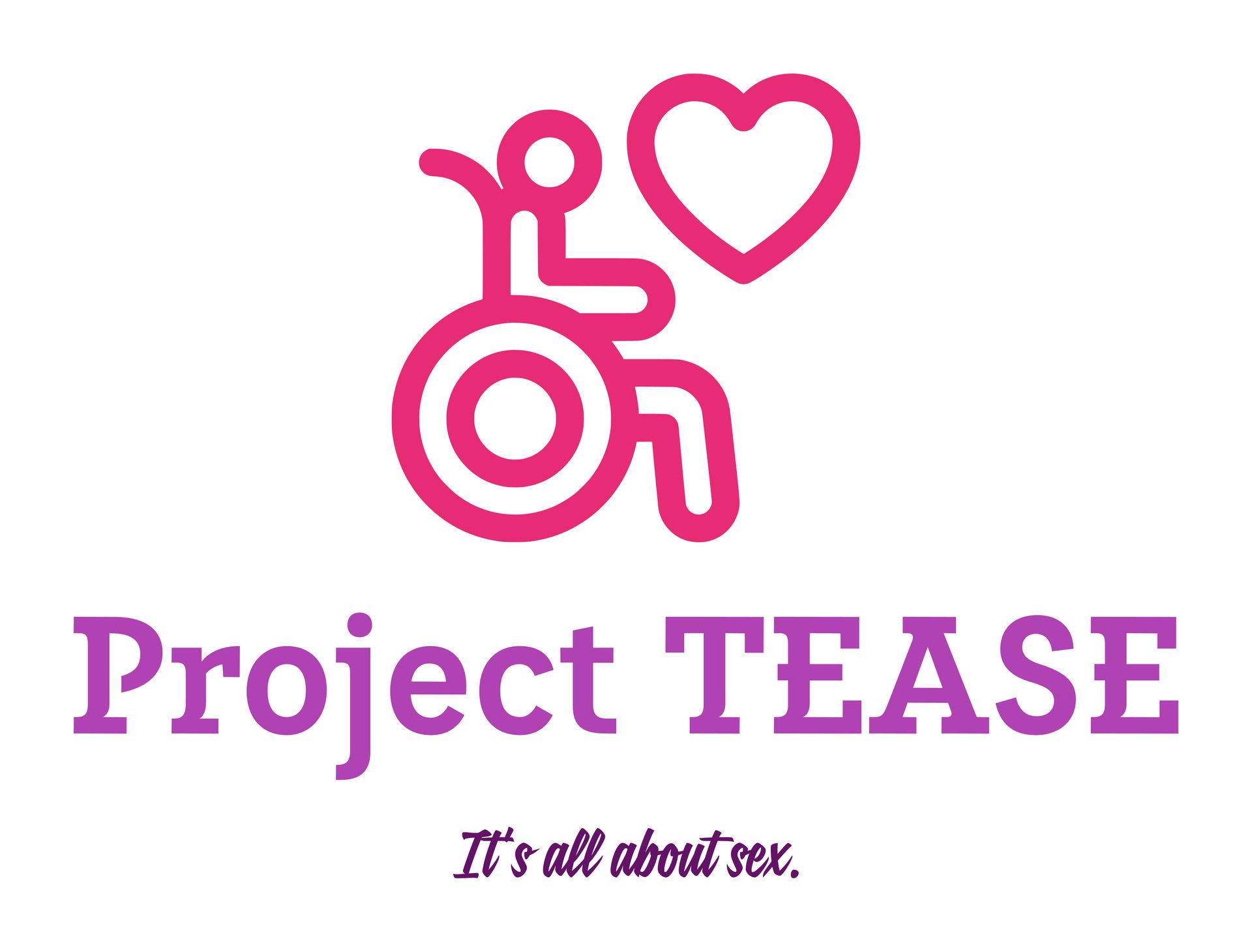Quill & Chill
D is for Discipline

Discipline is the use of rules to add punishment (fun-ishment) or reward to a scene, and utilizes one of the most versatile tools in the BDSM toolbox...power exchange.
Discipline is NOT about abuse. It's about SO. MUCH. MORE.
Why discipline?
1.DOPAMINE!
2.More socially acceptable than other kink.
3.It is a form of non-verbal communication.
4.Can be a good way of breaking (vanilla) barriers (role-playing, D&s).
5.Involves more senses than touch, which can also be erotic.
How does it work?
Make a list of rules or tasks for the sub. These tasks/goals must be realistic and achievable, and generally center around healthy habits and good behavior. Assign a punishment (use the least force necessary to get the most benefit from the punishment) for each missed rule. Also, you should provide encouragement and reward for those things that your sub does correctly. This ensures they understand the rules and your expectations – and your sub provides the right amount of attention to detail when performing those tasks. Initial punishments should be equal or less than the infraction; repeated infractions may require stronger punishments.
Rules of Discipline
- Never punish a sub in anger. You may cause actual injury or damage to them.
- Failure is never the objective with your sub. Ensure that you are guiding your sub to the correct behavior. For example, if your sub should drink 8oz of water 8 times today, but you know your sub may be distracted with all of their other obligations, reach out to them to remind them to drink their water. If they don't, and if they happen to be a 'brat' they might not, then choose the punishment that fits the crime of not executing self-care.
- Be clear on your sub's boundaries. Punishments which may include breath play, impact play, dehydration, or loss of circulation can be dangerous. Although your sub wants to please you by following rules and taking the appropriate punishment for not following rules, a Dom must be aware of any dangers, warning signs, and risky behaviors in any discipline agreed on in a D/s dynamic.
- Be sure to reward good behavior. Even a brat loves a good time, so they may acquiesce to your demands if the promise of a reward is strong enough. In some cases, subs may be accustomed to behaving well because the reward has more draw than the punishment. In cases such as these, be sure to add rewards that include 'fun-ishment' (things that might seem like a punishment, but activities that the sub enjoys, i.e., spanking [for those who love the heat]).
- No surprise discipline. Don't suddenly discipline your sub without warning. Discipline requires trust, and for that, everything must begin with expectations, a well-laid-out contract for behavior (verbal or written), and end with everyone involved feeling valued and appreciated.
- Don't forget the aftercare! Whether you are a 9-11 player, a TPE, or in a committed male-led vanilla relationship, aftercare is a MUST (click for more info on aftercare)!
How discipline works in a relationship...
Discipline breeds trust. Not only are the rules for discipline created to ensure good, healthy habits for the sub, it also creates a sense of trust when the Dom focuses on healthy behaviors with sexy consequences for not behaving properly. When discipline is provided, the sub knows they can trust their Dom to keep them safe and protected. This also requires that aftercare is tailored to the needs of the sub.
Aftercare for Discipline:
- It is important to speak to your sub during discipline as it may be physically challenging for them. Speak calmly and clearly, expressing the need for the rules to be followed and the love behind the rules.
- Use arnica gel or oil for bruises. Large or deep bruising may not appear for up to 12 hours, so move in the direction of any redness or heat in the area. Use ice packs, soothing words, or physical (skin-to-skin) contact to alleviate any distress.
- Be clear of safe words used by the sub.
- Don't forget to hydrate and feed your sub. Loss of electrolytes and carbs is likely during impact play, so you'll want to ensure your sub doesn't fall asleep before providing these comforts.
Examples of P(F)unishment:
Verbal Cues: Using verbal cues to punish your partner through scolding and name-calling. An example of this would be verbal degradation based on physical appearance, such as calling the partner ugly or fat.
Withholding: Not giving the submissive partner what they want. Withholding privileges, such as access to sexual certain positions, sexual actions, or sex toys.
Isolating: Isolating the submissive partner from various associates or friends. Be careful of ignoring your partner, as too much of this can be abusive.
Physical Punishment: Physical punishment, such as spanking, flogging, whipping, wax play, or many other forms of physical punishment.
Psychological Punishment: Humiliation and psychological punishment are often used in BDSM punishment, such as forcing your submissive partner to walk on a leash like a dog.
Fear (In some cases): Fear may also be used as a method of manipulation. An example of this could be fear of physical punishment or verbal reprimands.

















